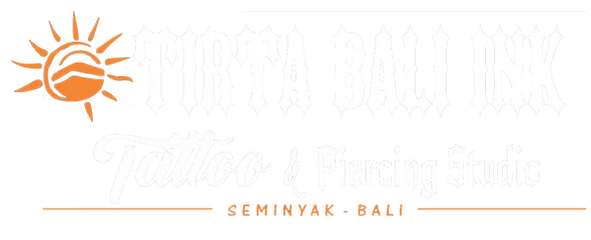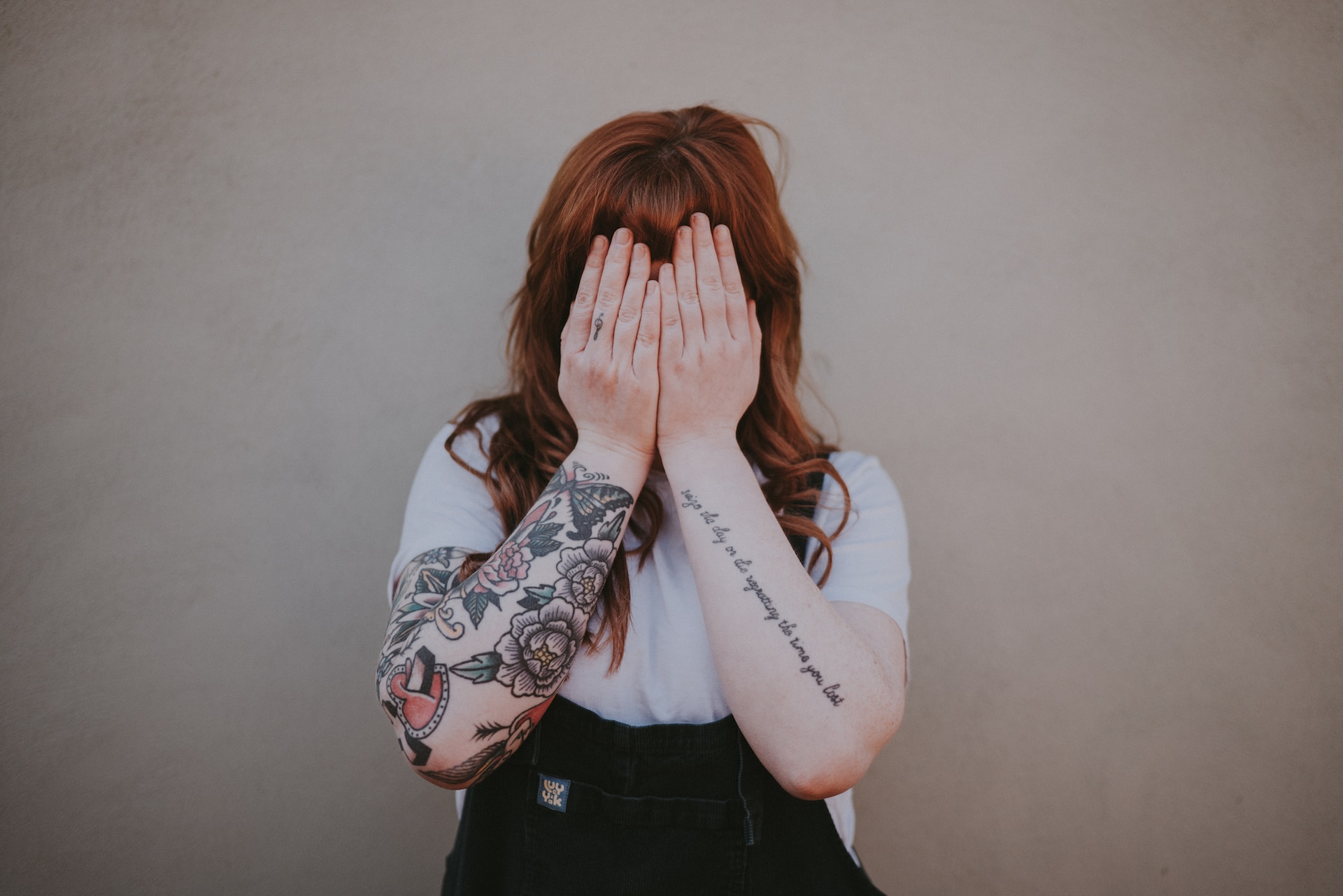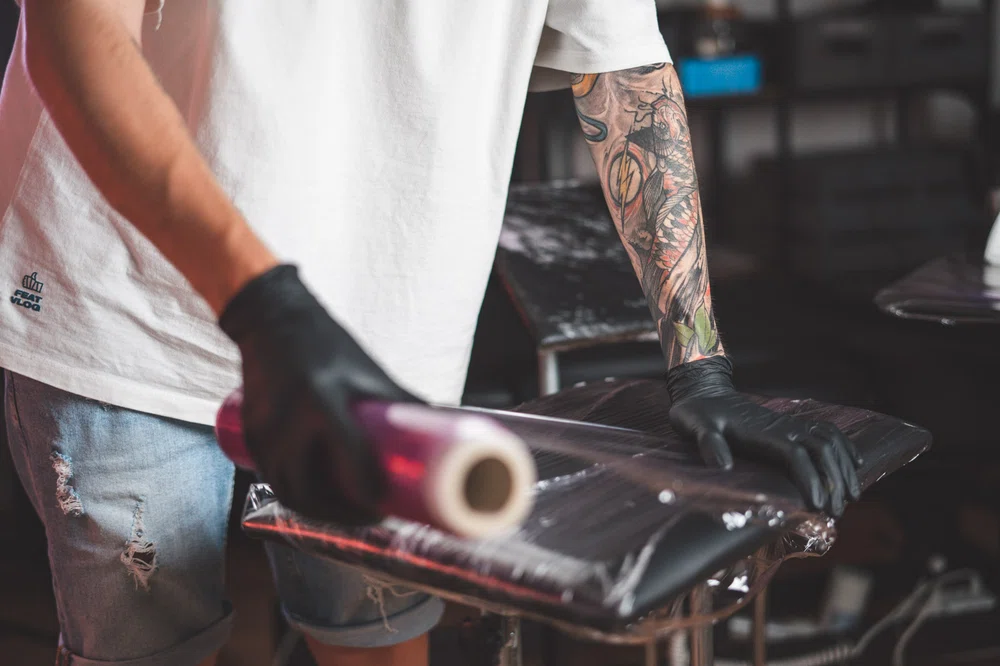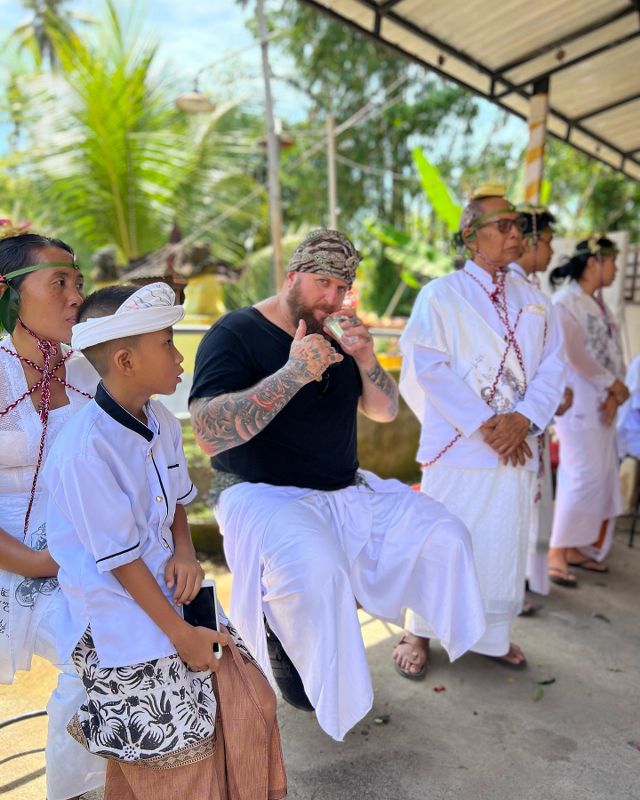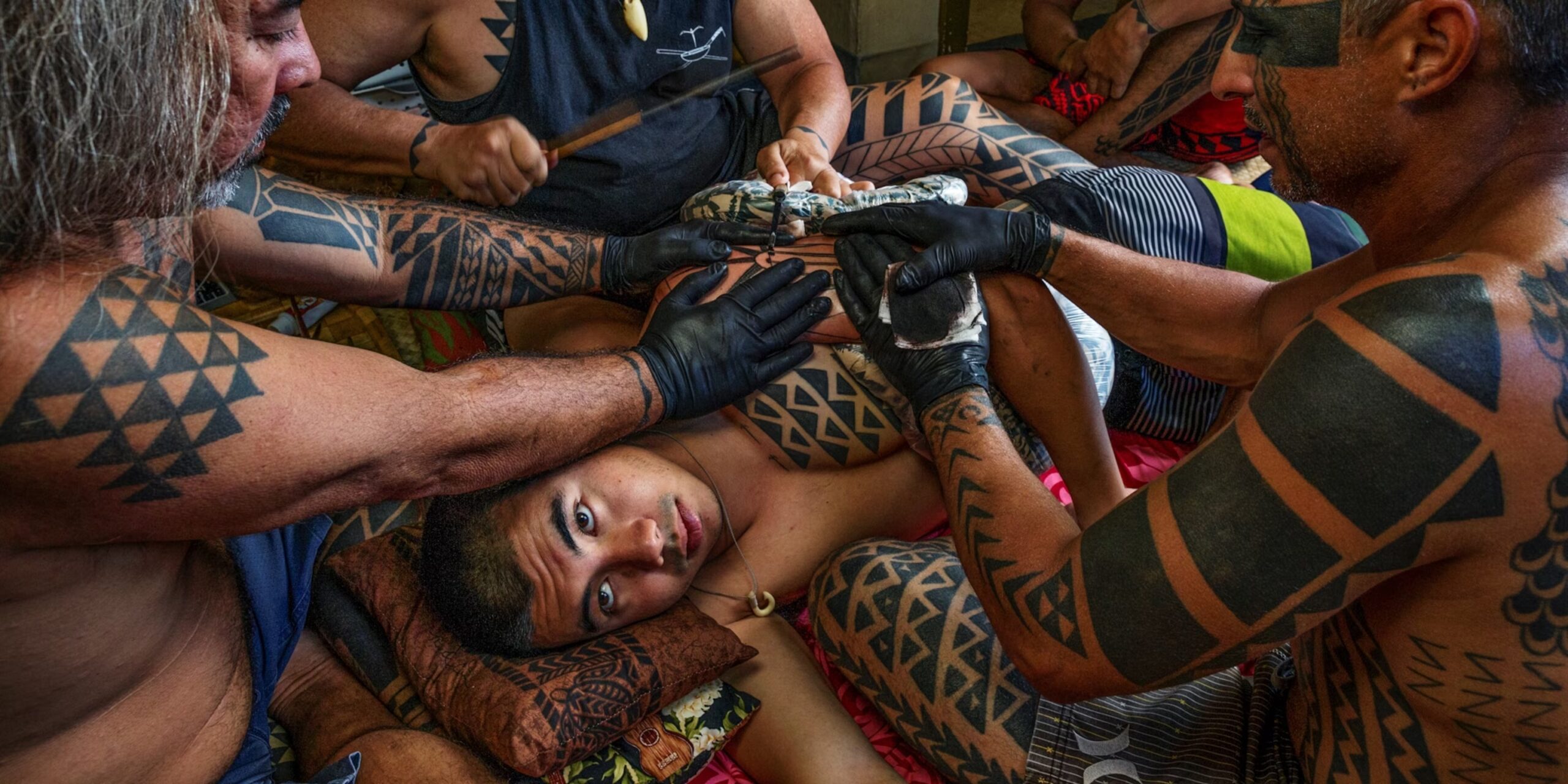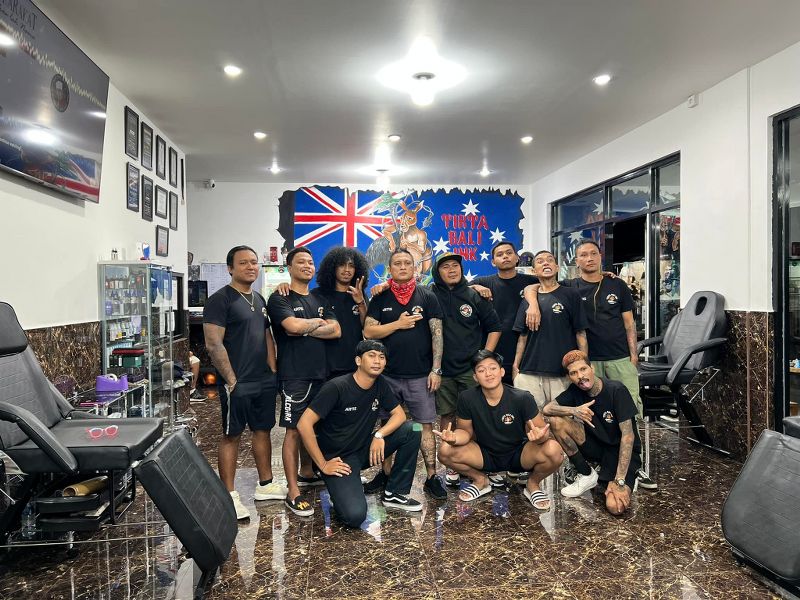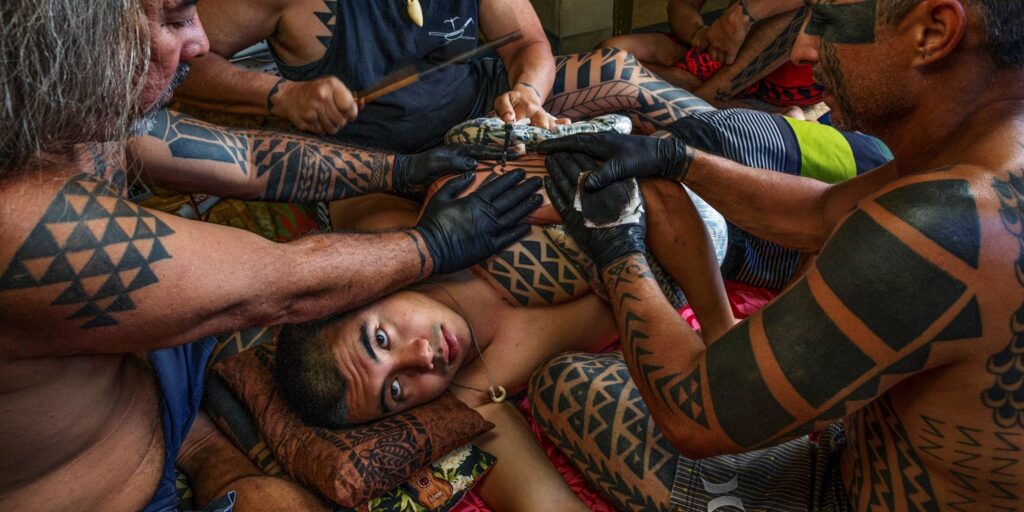
Tattoos & Piercings Through the Ages: A Journey of Art and Identity
From ancient civilisations to modern urban tribes, tattoos and piercings have been integral to human expression. They tell tales of bravery, love, loss, and identity. In this immersive journey, we’ll traverse continents and centuries to explore the evolving narrative of body art.
Ancient Beginnings
Ötzi the Iceman: The oldest known tattooed human, Ötzi, dates back to 3,300 BCE. His body bore simple tattoos, likely related to pain relief treatments.
Ancient Egypt: Tattoos in ancient Egypt were predominantly found on women, believed to offer protection during childbirth.
Polynesian Tribes: Here, tattoos, or ‘tatau’, were deeply spiritual, signifying rites of passage and societal roles.
Tattoos: From Taboo to Trend
Sailors and Soldiers: By the 18th century, tattoos became symbols of adventures and wars. Sailors inked anchors and swallows, while soldiers commemorated battles.
Urban Rebellion: In the 20th century, tattoos became associated with rebellion. Rock stars and artists championed this art, inspiring many to ink their stories.
Modern Renaissance: Today, tattoos are celebrated as personal and artistic expressions, with renowned artists and vibrant conventions worldwide.
Piercing: A Multifaceted History
Ears and Nose: Ear piercings have ancient origins, from the Egyptians to the Romans. Nose piercings were mentioned in the Bible and were prominent in Indian culture.
Tribal Rites: African and Amazonian tribes practised lip and tongue piercings. These signified various rites of passage and were symbols of status.
Modern Pop Culture: With the rise of pop and punk culture in the 70s and 80s, piercings, particularly facial ones, gained massive popularity.
Cultural Significance and Symbolism
Maori Ta Moko: For the Maori in New Zealand, ‘Ta Moko’ tattoos are deeply symbolic, representing genealogy and achievements.
Japanese Irezumi: These intricate tattoos have evolved from being associated with the Yakuza to being celebrated as art, embodying nature, mythology, and spirituality.
Indian Mehendi: While not permanent, this form of body art using henna has cultural and festive significance, especially during weddings.
The Art and Science of Tattooing & Piercing
Techniques: From traditional hand-tapping in Thailand to modern electric tattoo machines, the methods are diverse.
Piercing Tools: Contemporary piercing guns have replaced traditional needles in many cultures, making the process quicker and often less painful.
Hygiene and Care: With advancements in technology, practices ensuring safety, hygiene, and faster healing have become standard in reputable studios.
Trends, Innovations, and the Future
Bioluminescent Tattoos: Glow-in-the-dark tattoos, visible under UV light, have recently gained traction.
Digital Tattoos: Research is ongoing on tattoos that can sync with digital devices, merging body art with technology.
Piercing Diversity: Beyond traditional spots, dermal piercings, surface bars, and unique placements are diversifying the piercing landscape.
Finding Your Identity Through Body Art
Personal Narratives: Many use tattoos and piercings as cathartic outlets, marking significant life events or recovery journeys.
Artistic Expression: For others, it’s purely aesthetic, celebrating art, beauty, and individualism.
Cultural and Spiritual: From Celtic designs signifying heritage to mandalas representing the universe, many find deeper connections through their choices.
Conclusion
The journey of tattoos and piercings weaves a tapestry rich in history, culture, and personal narratives. As society evolves, so does this art form, mirroring our desires, beliefs, and identities. It’s more than just ink and metal; it’s an enduring testament to who we are and what we cherish.
